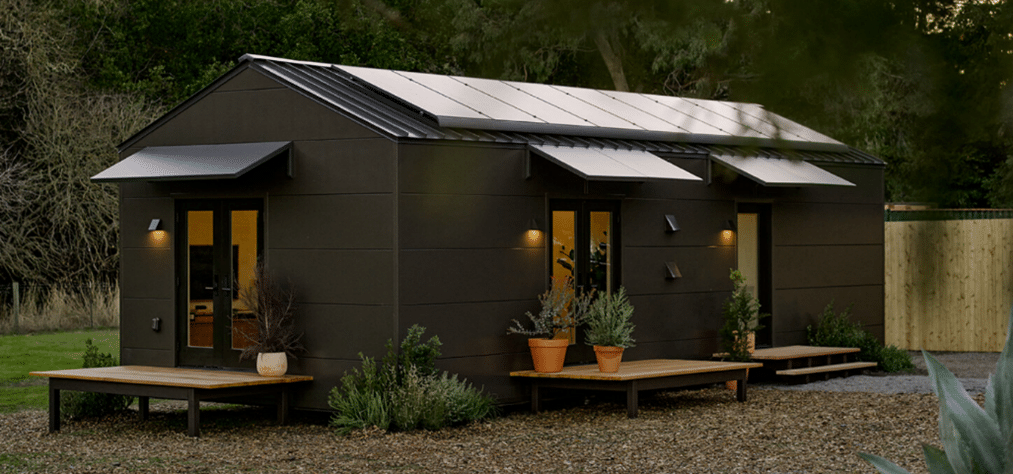Published on:
Fifteen years after launching San Francisco-based Airbnb, which now offers more than 6 million vacation rental listings in over 100,000 cities around the world, that company’s co-founder has started a company to build accessory dwelling units (ADUs).
In a “Bizjournals” interview, Joe Gebbia said he started Samara to apply a similar culture around “creativity, hustle and simplification, to make things really simple for the customer.” It encompasses the website, the physical products and the decision-making process.

Samara handles all aspects of building a prefab ADU, from permits and surveying to project management, construction, and installation. Samara even has established relationships with various financing partners.
Currently, the company’s offerings, called “Backyard,” are limited to locations in California, with three sizes and “tons of possibilities.” Options, starting at $289,000, include a 420 square-foot studio, a 540 square foot one-bedroom, and a 690 square foot two-bedroom home. All models include an all-electric kitchen, bathroom with walk-in shower, combo washer and dryer, integrated task lighting and built-in storage.
Also included in the package is a solar array that runs on “net zero” by default, “all from clean solar energy generated right in your yard.”
Customers get to choose their layout, colors, windows, doors, decks, interior, roof, and solar. The design process is web-based using a simple interface that prompts users to choose and customize their unit’s features.
Based near San Francisco, the company says its factory-assembled homes are “made with cutting-edge materials and processes that aren’t readily available to local builders.” The concept is based on a precision-engineered steel frame that resists mold, rot, and termites, promising less worry and less maintenance.
Samara joins an increasingly crowded market for building ADUs. Others include Dwell, Cottage, Abodu, Rent the Backyard, and Homestead.
Samara said it was intentional in selecting California because of its housing crisis, rapidly increasing costs of living, and new regulations that facilitate greater housing density across the state. During the past decade, the state added 3.2 times more people than housing units. Approximately half of all households are rent burdened (paying more than 30% of their income for rent). Various jurisdictions in California, including Los Angeles and San Diego, have recently published ADU standard plans.